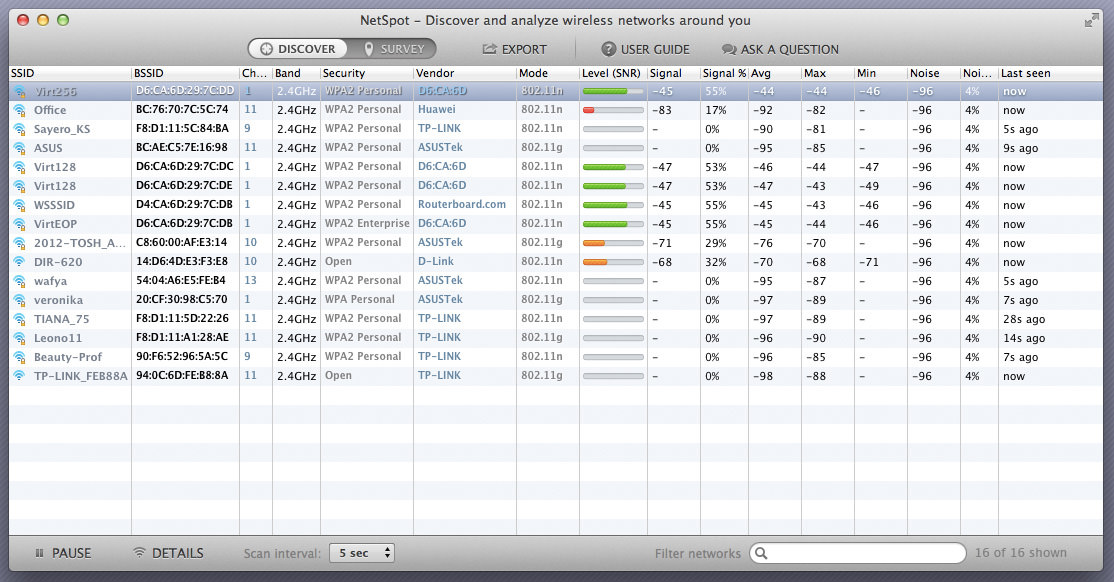

System Preferences>Network, select Wi-Fi on the left and then click on the ‘minus’ button beneath it. Check for competition from other networks, change your network name, change your Wi-Fi channel – consider using the 5GHz band. Make sure your router is cool, check it’s location and make sure nothing is blocking the signal. – Follow the onscreen instructions to analyze your network connection. – Press and hold the Option key, click the Wi-Fi status icon in the menu bar, then choose Open Wireless Diagnostics. – Try to join the Wi-Fi network you’re having problems with (if you’re not already connected). How do I run a WiFi diagnostics on my Mac? – Check off Show AirPort status in menu bar. – Check to see if the status for the AirPort is on. – Select AirPort from the left hand side of the window. – Go to System preferences icon from the dock. – Select (check) the option to “Show Wi-Fi status in menu bar.” How do I turn on AirPort WiFi on Mac? – Select Wi-Fi in the list of available network connections. – Click Network in the System Preferences window. – From the Apple menu, choose System Preferences. Turn your Wi-Fi off and on, and make sure you’re attempting to connect to the right network.Īlso Read Est-ce que les noix de cajou ça fait grossir ? – Verify that the Wi-Fi connection is the one you want. Likewise, How do I fix the WiFi on my Mac? Select (check) the option to “Show Wi-Fi status in menu bar.”Mar 23, 2016

Select Wi-Fi in the list of available network connections. Click Network in the System Preferences window. You can then close the Wireless Diagnostics tool and your Mac will continue collecting logs in the background.įrom the Apple menu, choose System Preferences. The Logs utility allows you to enable automatic background-logging of various network-related things, including Wi-Fi, 802.1X, DHCP, DNS, Open Directory, and Sharing. Hereof, What is enable WiFi logging on Mac? You can then close the Wireless Diagnostics tool and your Mac will continue collecting logs in the background.


 0 kommentar(er)
0 kommentar(er)
